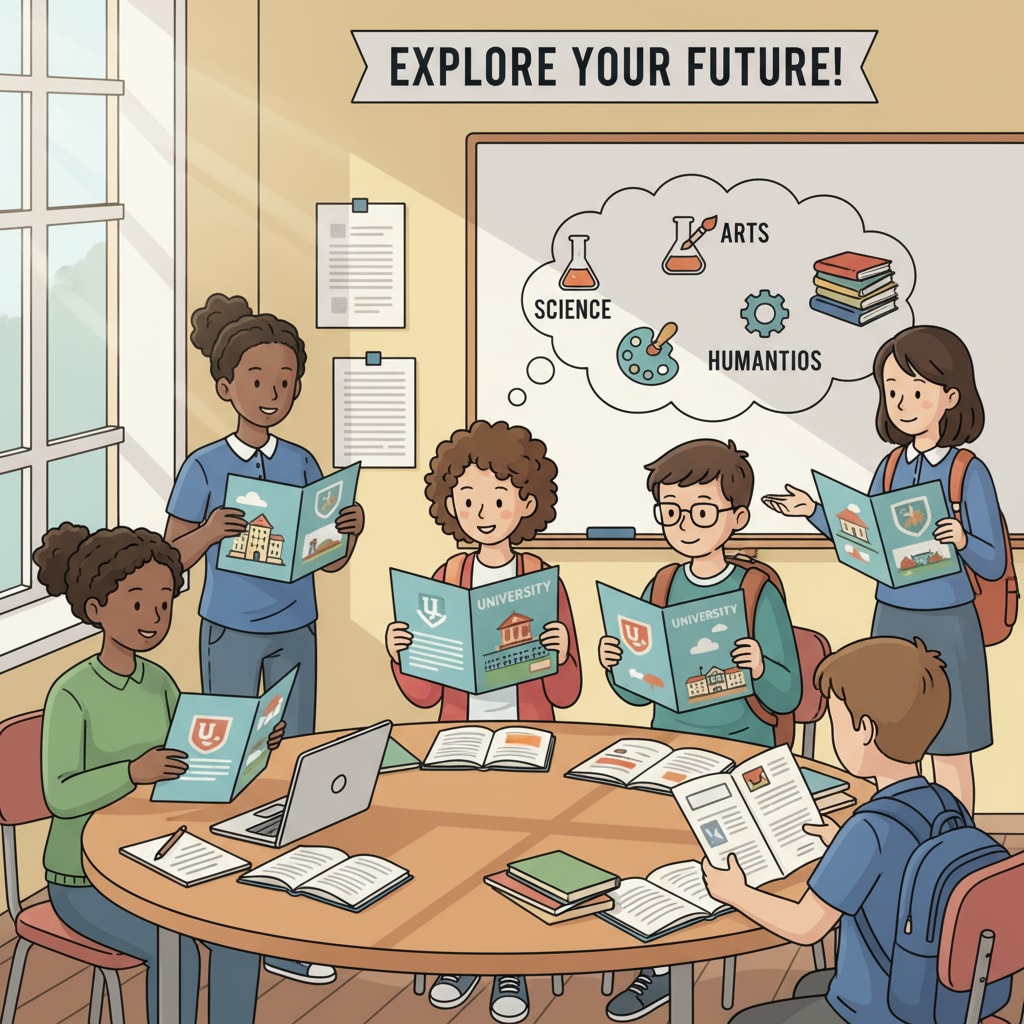University major selection, interest confusions, and career directions are crucial aspects that K12 students grapple with. In today’s educational landscape, many students find themselves in a state of uncertainty when choosing a major, often basing their decisions on surface-level interests. This can lead to a host of problems down the road.

The Pitfalls of Choosing Majors Based on Superficial Interests
One of the main issues with relying on superficial interests is that they may not stand the test of time. For example, a student might be initially attracted to a major like art history because they enjoy visiting art museums. However, as they delve deeper into the coursework, which includes extensive research, writing, and studying complex art theories, they may realize that their initial interest was not enough to sustain their enthusiasm. This can result in a lack of motivation and poor academic performance. University major selection on Wikipedia
Understanding the Root Causes of Interest Confusions
There are several factors contributing to students’ interest confusions. Firstly, limited exposure to different fields plays a significant role. K12 students often have a narrow view of various professions and academic disciplines. They may only be familiar with what they see in popular culture or what their parents or peers are involved in. Secondly, external pressures, such as parental expectations and societal norms, can cloud their judgment. A student may choose a major like business or medicine to meet their parents’ wishes, rather than following their true interests.

A Systematic Approach to Professional Exploration
To help students move beyond surface interests and make more informed major choices, a systematic approach to professional exploration is essential. This can start with self-assessment. Students should take personality tests, interest inventories, and skills assessments to gain a better understanding of their strengths, weaknesses, and passions. Next, they should engage in informational interviews with professionals in different fields. This can provide valuable insights into the day-to-day realities of various careers. Additionally, internships, volunteer work, and shadowing opportunities can offer hands-on experience and help students determine if a particular field is a good fit for them. Career guidance on Britannica
In conclusion, by understanding the pitfalls of choosing majors based on superficial interests, identifying the root causes of interest confusions, and implementing a systematic approach to professional exploration, K12 students can make more confident and informed decisions about their university majors. This will not only lead to a more fulfilling academic experience but also set them on the right path towards a successful career.
Readability guidance: Using short paragraphs and lists helps summarize key points. Each H2 section can have a list for better clarity. Controlling passive voice and long sentence ratios, and adding transition words throughout the article enhance readability.


